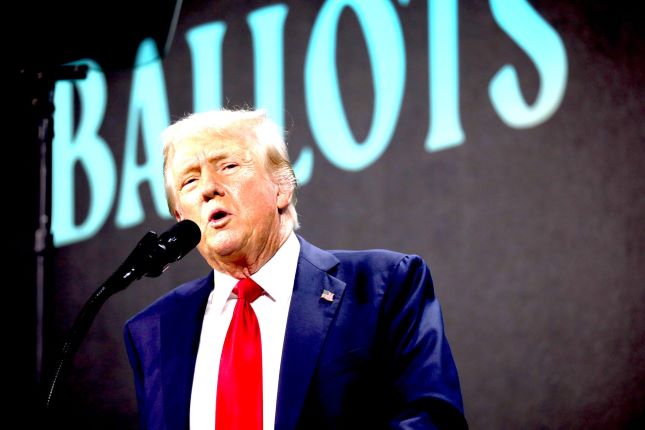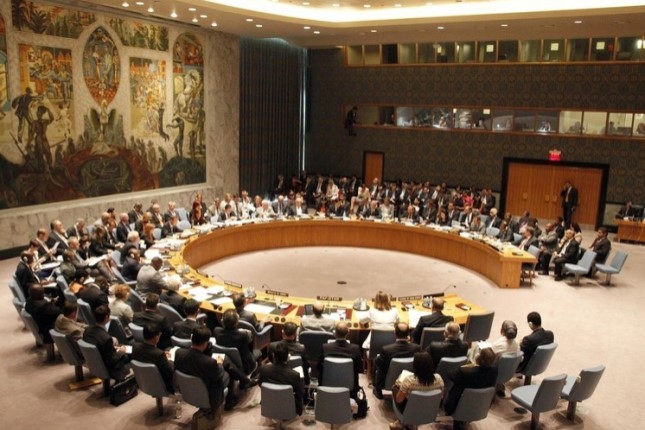Due to the New Year holidays and the corresponding holidays, there is practically no severe news. But on the other hand, the minutes of the last meeting of the US Federal Reserve were published, which showed that the mood of the board members returned to the hawkish ones. In other words, they believe it is necessary to continue raising rates; lowering them in 2023 is impossible, and too low rates are dangerous and harmful due to the constant threat of inflation.
We have repeatedly discussed this topic, including in our periodic review dedicated to the previous year's results and the forecast for the current year. But the rejection of the rate slowdown suggests that Fed board members have realized that the effect of lowering the rate of rate hikes was not what they expected. Or, the rate of deceleration in inflation is insignificant, and the economy's recession continues quite regularly, not very dependent on the growth of the rate.
Of course, we cannot calculate the logic of specific individuals, but there are few options here. Roughly speaking, for the recession to stop, the economy needs to be stimulated, and this will cause an increase in already high inflation. But if the rate is sharply raised again, then inflation will decrease (maybe, approx. Khazin Fund), and it will be possible to start rebuilding the economy.
Recall that the structural crisis is associated with the degradation and destruction of that excess (parasitic) part of the economy, which has grown over decades of excessive stimulation of the economy. It should be noted that there were experts in the United States who talked about this for a long time; we can only recall the former congressman Ron Paul, who 15 years ago proposed raising the rate to values comparable to the end of the 70s (that is, up to about 20%). And then, Ron Paul said, the economy will shrink, but it will get healthier, and it will be possible to "push off from a hard bottom" and begin sustainable growth.
In other words, the current leadership of the Fed proposes Ron Paul's plan, only extended for many months and, very likely, unrealizable in the logic of Paul himself. Since then, there has been no structural crisis, but today it has already begun. Therefore the structural component of inflation will not go anywhere, even if the rate, albeit gradually, is raised to 20%.
We do not yet see a positive scenario for the US economy. Well, it doesn't work out in any way … And this means that all participants in economic activity, that is, in general, all the inhabitants of the Earth must be ready to solve the problems that arise because of this.
Macroeconomics. Brazilian industrial production -0.1% per month – 3rd negative in the last 4 months:
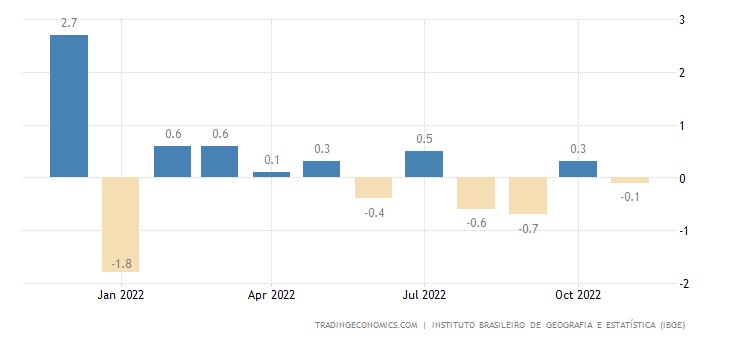
Orders in the German industry -5.3% per month – 13-month low and 8th minus in the last 10 months:
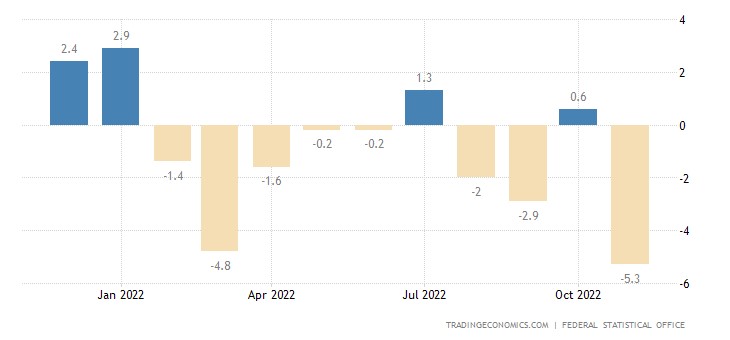
And -11.0% per year — the 8th negative in a row:
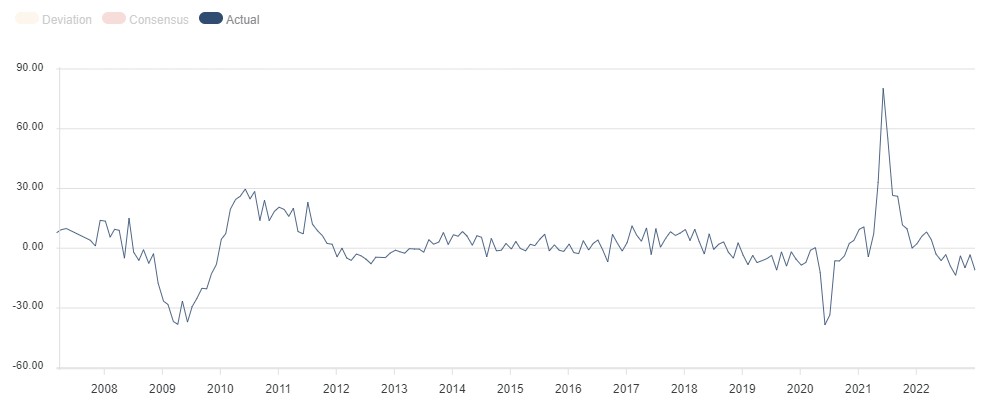
US industrial orders -1.8% per month – the worst dynamics since April 2020:
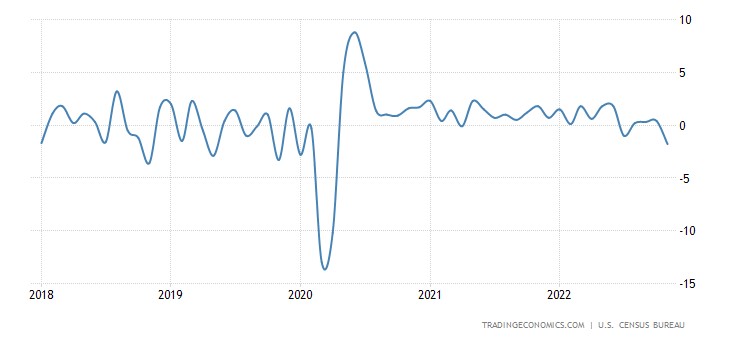
The official PMI (an expert index of the state of the industry; its value below 50 means stagnation and recession) of the Chinese industry (47.0) is the lowest in almost 3 years, and before that – since 2009:
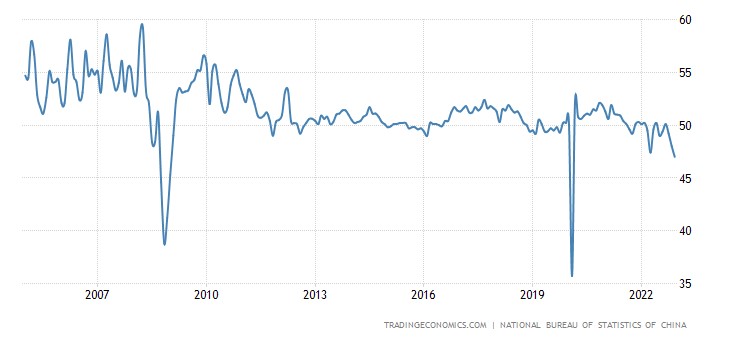
In non-manufacturing industries (41.6), it was worse only once, in February 2020:
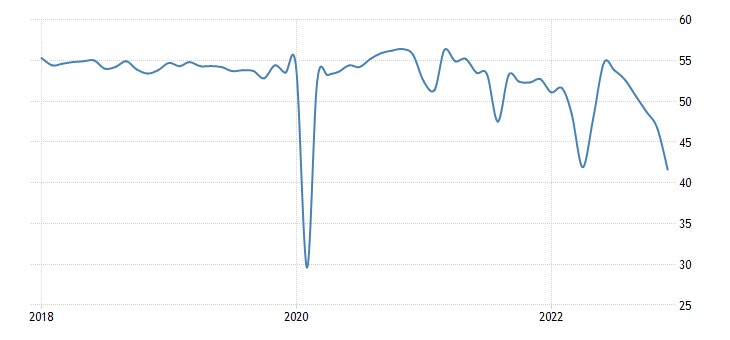
Independent evaluations confirm these findings:
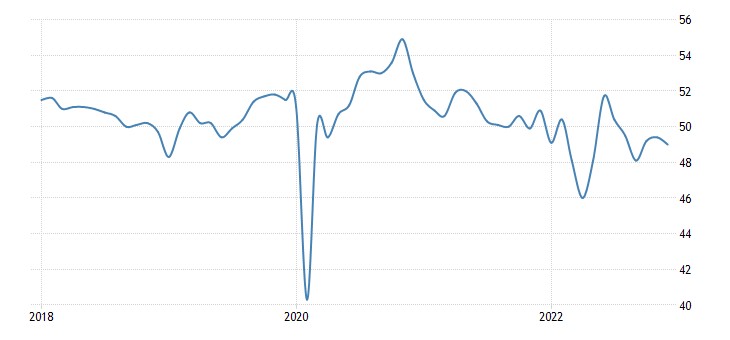
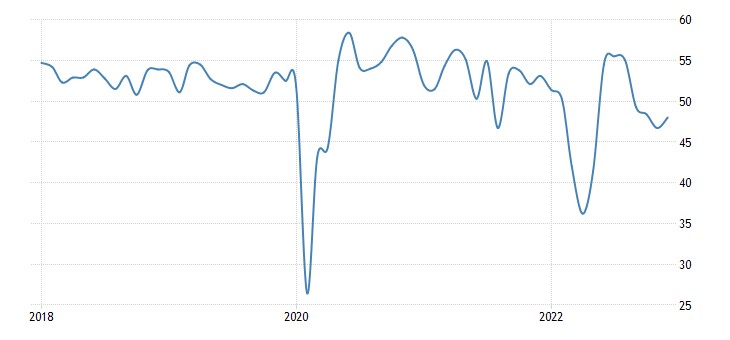
The industrial PMI of the Eurozone has been holding in the recession zone (47.8) for half a year already:
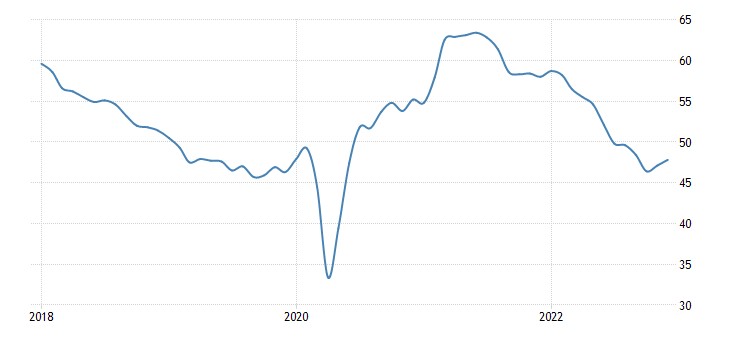
Canada has 5 months of recession (49.2):
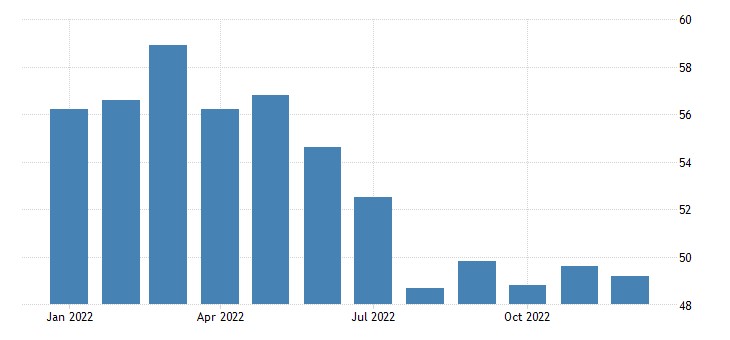
In Brazil, the same indicator is the weakest since May 2020 (44.2):
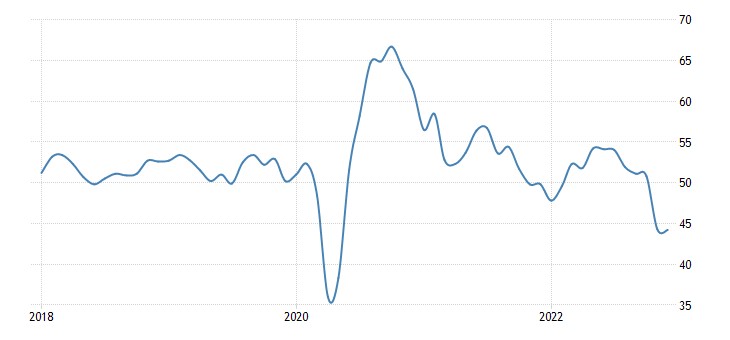
As in Britain (45.3), and minus the covid dip, this is the bottom since 2009:
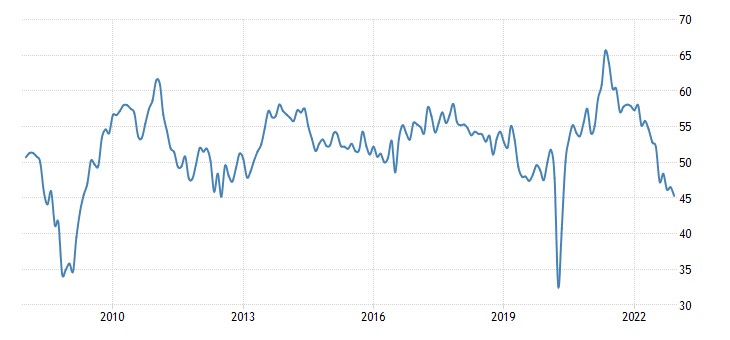
Same in the US (46.2) – firms complain about weak customer demand:
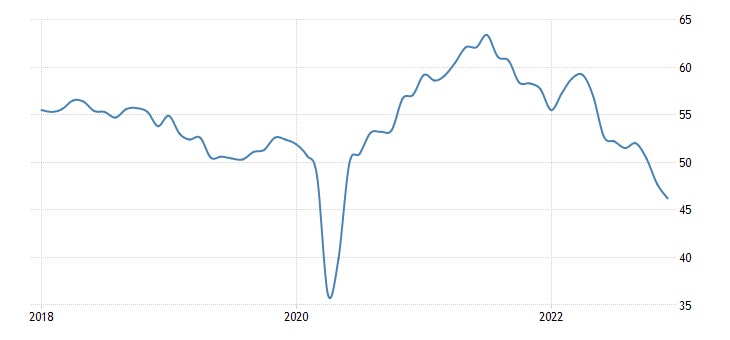
According to another version, the US has a similar picture (48.2, also the bottom since May 2020):
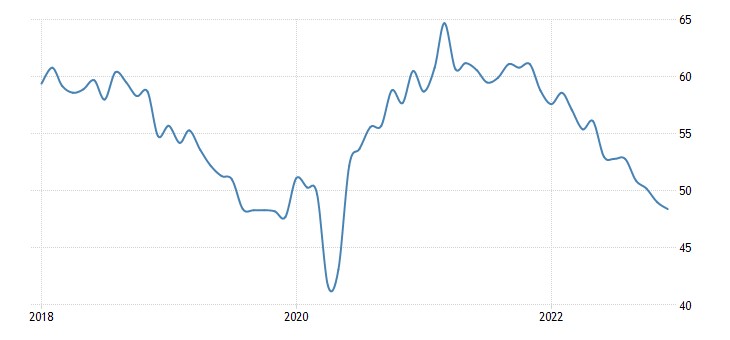
In Japan, the minimum since October 2020 (48.9):
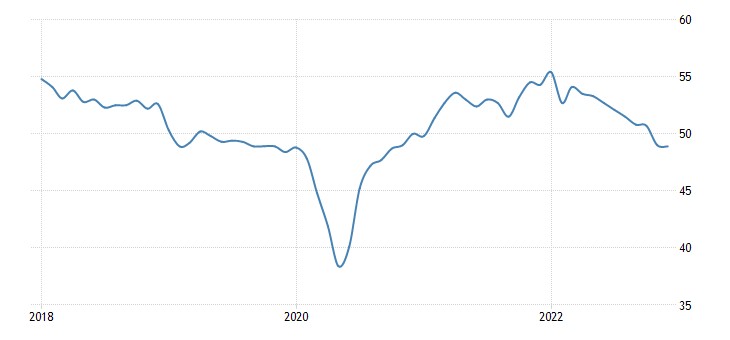
The services sector is also in the recession zone, in Australia (47.3):
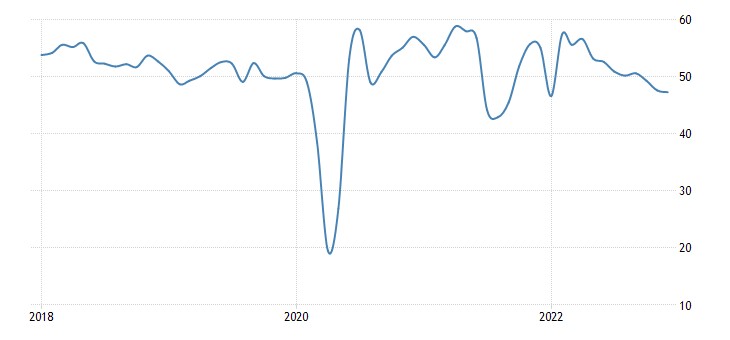
in the Eurozone (49.8):
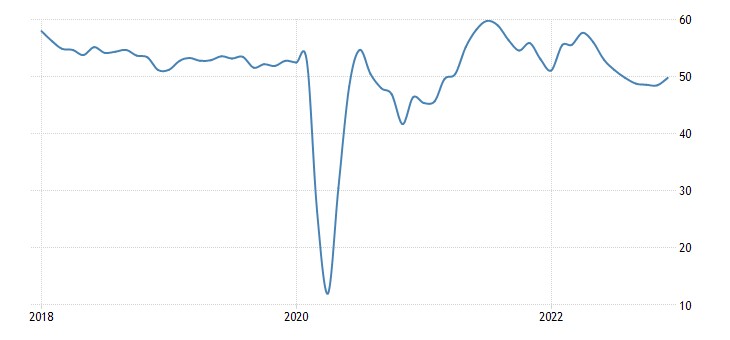
in the UK (49.9):
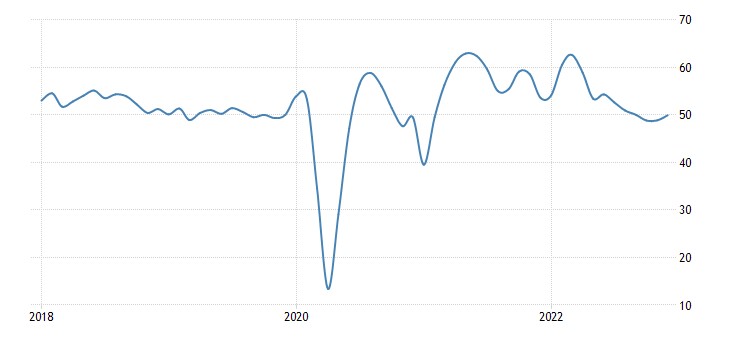
in the US (44.7):
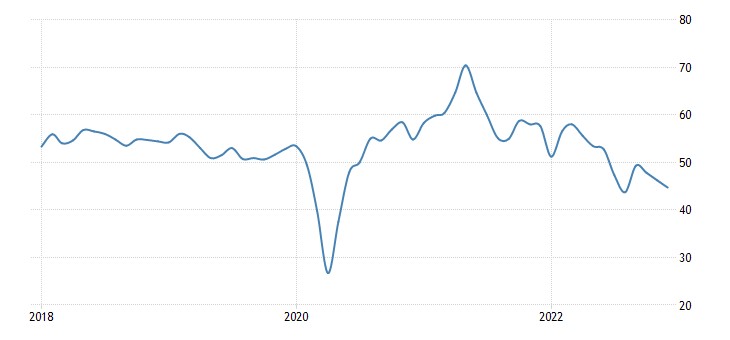
PMI of the non-manufacturing sector (not only the service sector) in the US went below 50 points for the first time since May 2020 (49.8); excluding covid recession, this is a 13-year bottom:
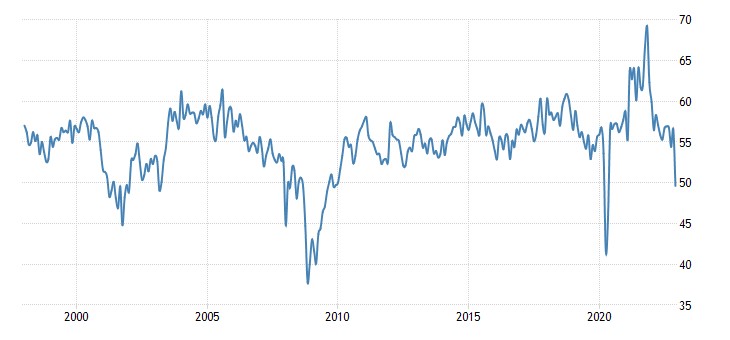
Eurozone construction PMI is all-time bad, aside from covid dip:
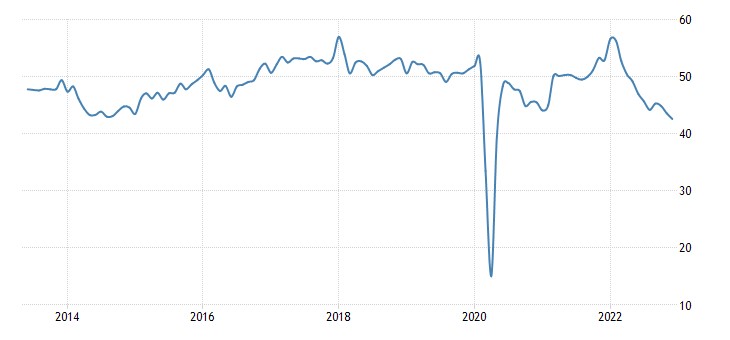
The overall PMI across all sectors of the Canadian economy has collapsed to a record bottom in 23 years of observations (33.4), if you do not take into account the brief drop in 2020:
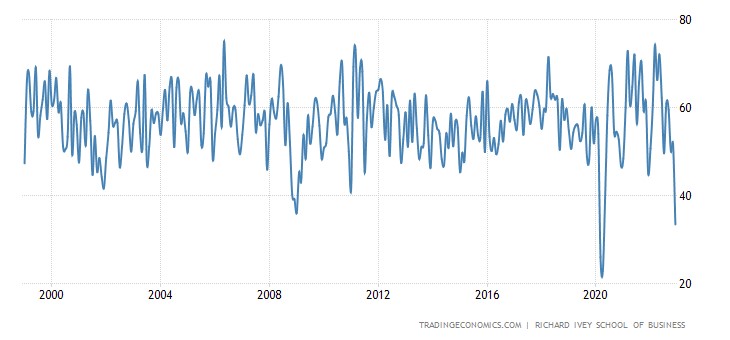
Business confidence in Mexico worst in 20 months:
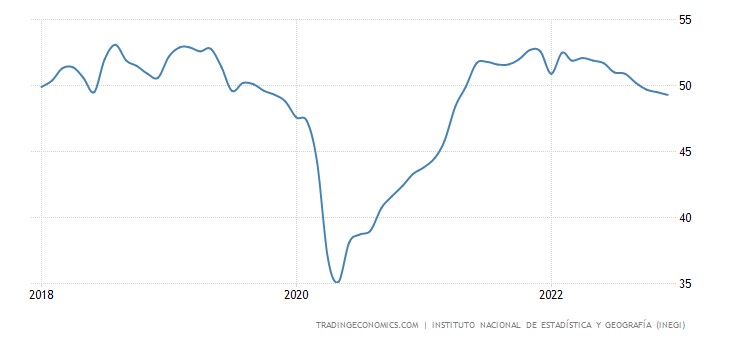
UK mortgage approvals at bottom in 12 years, not counting brief covid dip:
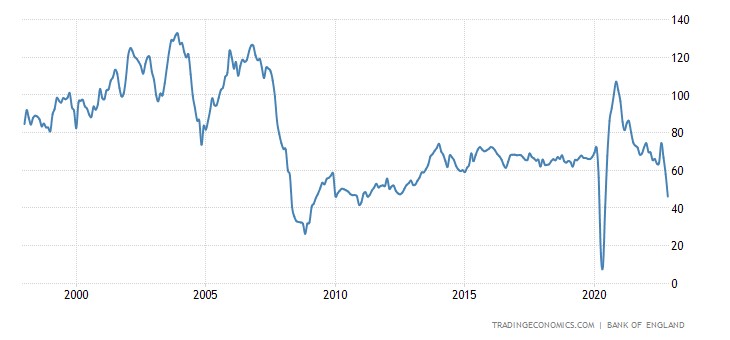
Even a small increase in US mortgage rates…
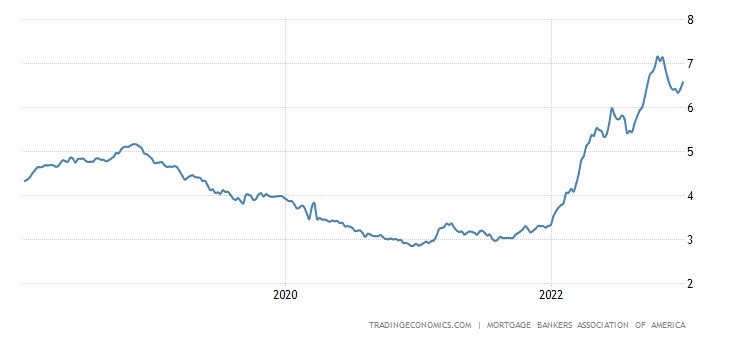
…caused a collapse in applications for it by 10.4% per week:
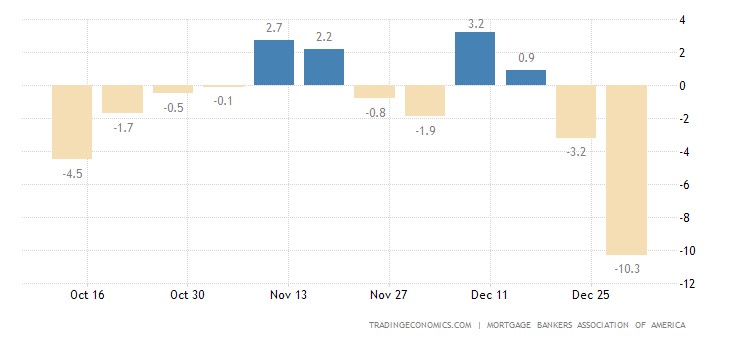
Thus, the index of orders has updated a 26-year low:
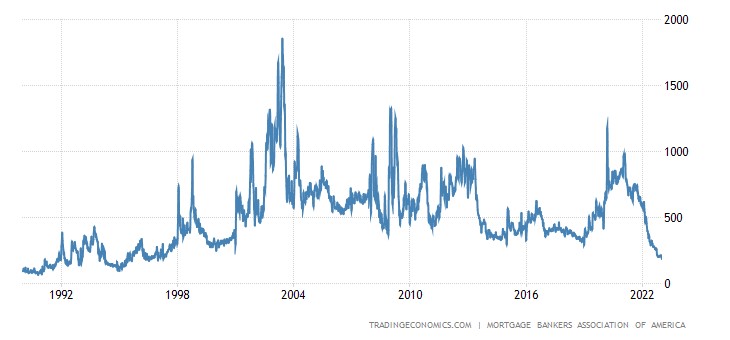
To justify such a decline, it can be noted that the seasonal clearing (which is maximum in December, taking into account the large number of days off), may lead to some worsening of indicators in a recession. However, this cannot affect the general trend towards constant deterioration.
House prices in Australia have been falling monthly for 8 months in a row:

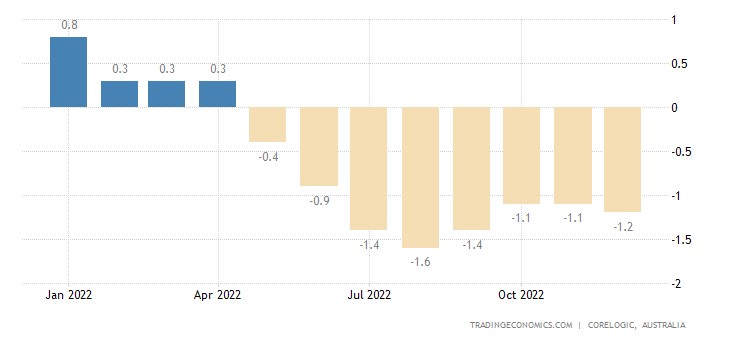
And in Britain – 4 months in a row:
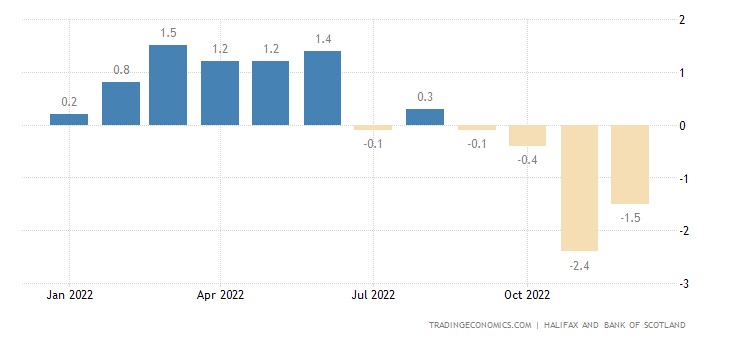
Despite the slowdown in the overall CPI (consumer inflation index), “net” (that is, minus the highly volatile components of food and fuel) inflation in the eurozone accelerated to a new record of +5.2% per year:
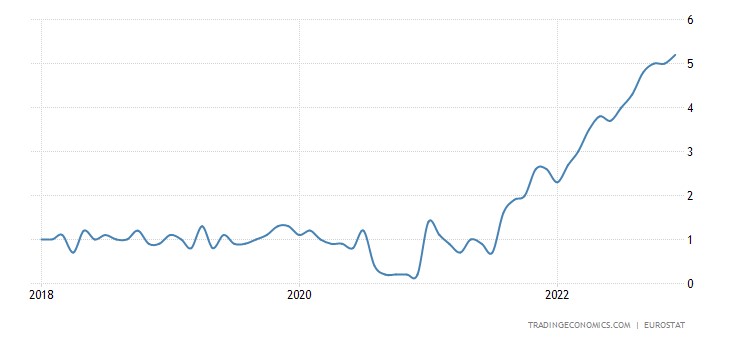
Import prices in Germany -4.5% per month – the strongest decline in 61 years of observations:
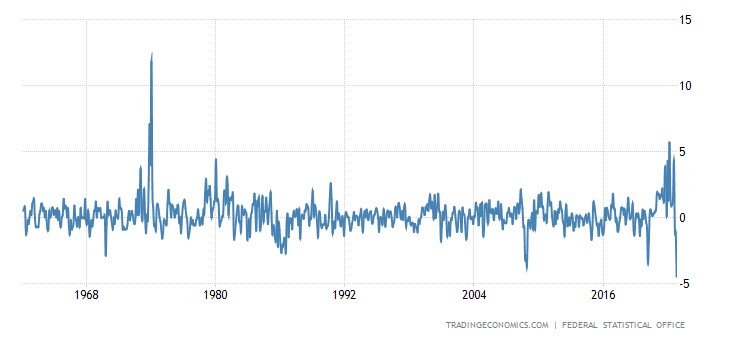
German retail -5.9% per year — 7th negative in a row:
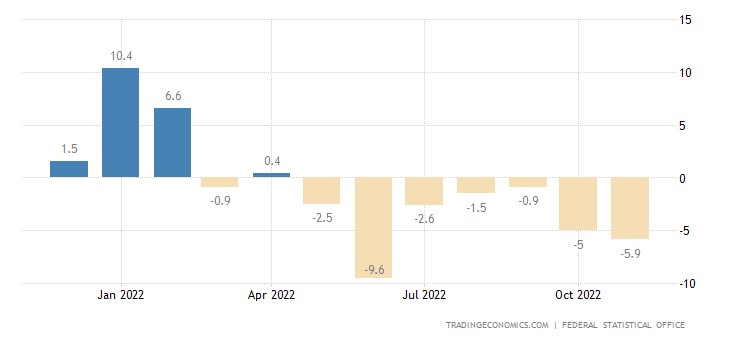
In the euro area -2.9% per year — the 5th minus over the past six months:
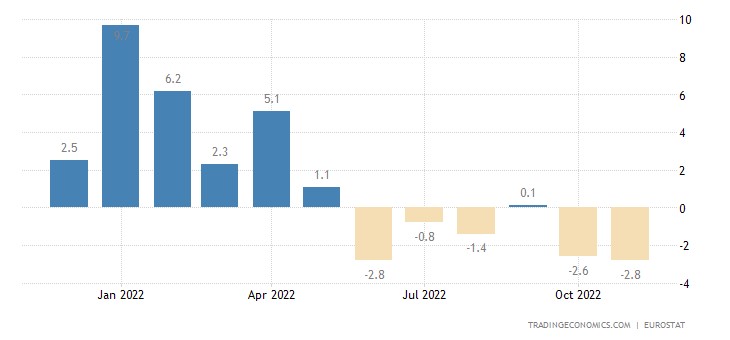
French retail -1.0% per month and -0.6% per year:
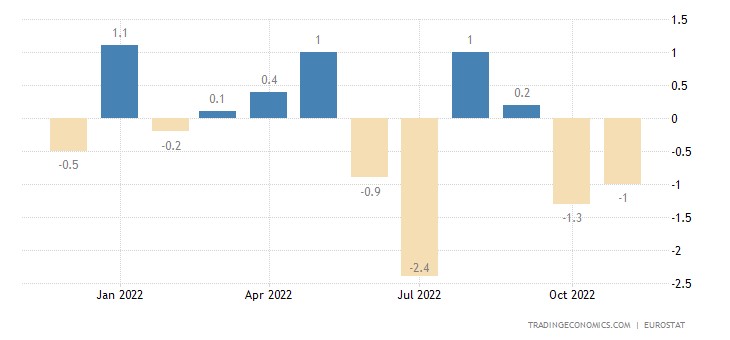
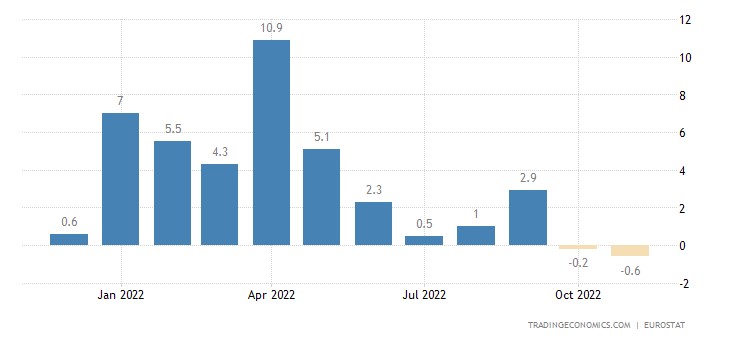
US employers announced 364,000 layoffs in 2022, the second worst in 30 years of data collection:
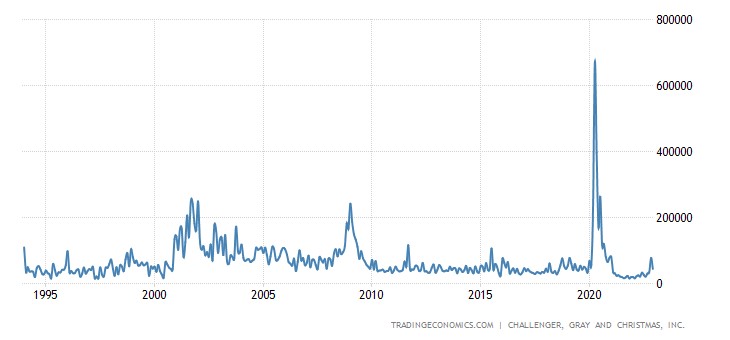
Real wages in Japan -3.8% per year – the worst dynamics in more than 8 years:
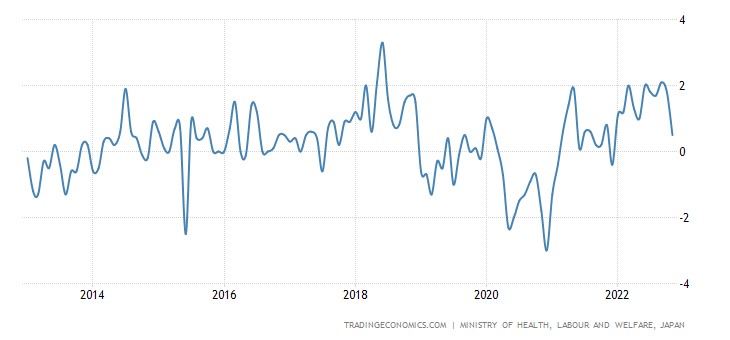
The expectations of the Chinese in terms of their own income and the labor market are record-breaking:
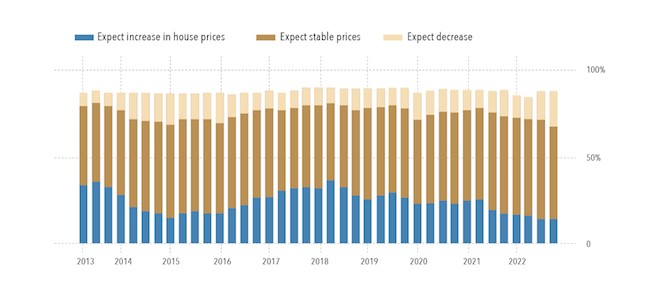
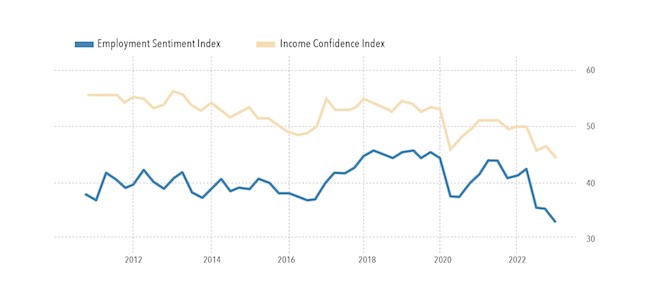
Main conclusions. Just like a year ago, we saw record inflation rates in every review, and today, every review, we see record indicators of the collapse of the industry (for several months now), the service sector (the last weeks) and the real estate market (primarily in the USA). Well, the drop in retail sales, which best show the general state of aggregate demand and the state of the economy, since the vast majority of the GDP of any developed countries is private demand.
In other words, the crisis is not just developing, it is developing very consistently and confidently. At the same time, the decrease in inflation does not give any positive effect, it is largely a deflationary effect associated with a fall in the economy and demand. Well, even taking into account the obvious recession, which cannot be hidden, inflation is still quite high.
Raising the cost of a loan in such a situation is an incredible risk. Moreover, since poor citizens cannot reduce their already low consumption, we can only talk about reducing the demand of the “middle” class. That is, in fact, we are talking about the mass transition of representatives of this class to the state of the poor.
But the decline in the size of the “middle” class will inevitably affect the structure of consumption. Demand for more or less quality goods will fall more than the aggregate demand as a whole, and this will only spur the degradation processes in the economy, the structural crisis will receive a new impetus. So, we can safely say that there are no tendencies to end the crisis. From the theory of structural crises, this, of course, followed so, but theory is one thing, and observed reality is another.
And finally, two charts. The first is about the state of affairs in Turkey, it shows that the situation there has become more complicated, it is possible that this is what stimulates Erdogan to postpone the elections to an earlier period:
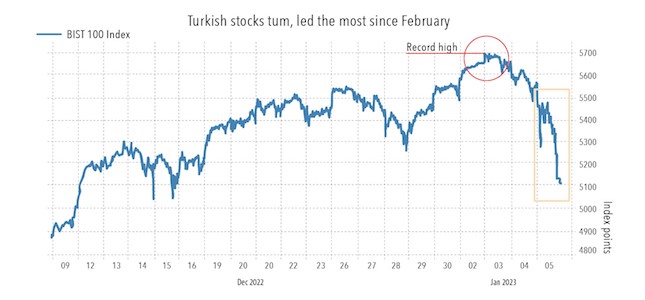
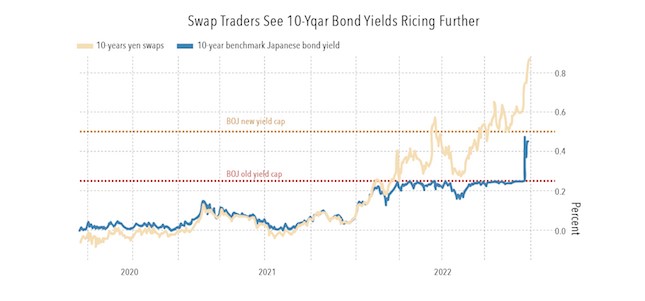
To all appearances, the risks have increased greatly, so that the assumption made in the forecast for 2023 about the possibility of a collapse in financial markets has a right to exist.






















